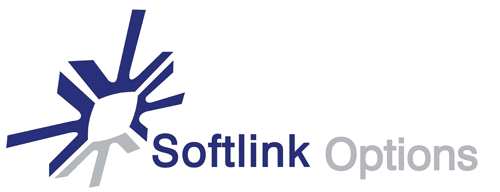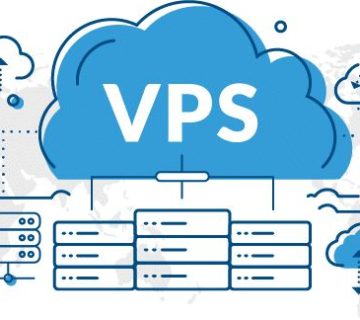Logos are essential for a company’s brand identity. When I mention brand identity, I refer to the visible features that clients identify as your business. They include colours, slogans, shapes that distinguish one’s business from the competitor’s business. When establishing your brand, you initially want your clients to identify and differentiate your products and services from competitors. You then wish your clients to be loyal to that brand and, after that, satisfy your clients by consistently offering the expected quality. You can check my previous post on brand consistency and the steps I took to achieve it. The logo is vital in constantly growing your brand, and today, I will highlight the logo design process I follow to meet clients’ needs.
Research
The first step of the logo design process, in my opinion, is always research. Some suggest that consultative brainstorming precedes the research process. I’ll give my reasons why I advocate for research first. In the initial process, the client often gives you an overview of the company, their vision, mission and how they intend to be identified by clients. That initial information is enough to research the industry. First, understand the clients brand. After that, analyze the competitors. How do the logos of competitor companies look? Which techniques are overused? Which techniques stand out? For example, most logos in the tech industry use the colour blue. With this information, you have two choices: using the colour blue, which seems to work for different companies, or using a different colour to stand out. Such questions are essential when approaching the next step of the logo design process; brainstorming.
Brainstorming
There’s a reason why I suggest brainstorming comes after research in the logo design process. Research enables the designer to acquire vital information to allow the client to analyze their initial decision. After competitor analysis, both the client and the designer can define their unique selling position and how best they can communicate that through the logo. In addition, the designer should be aware of which brainstorming technique best enables him to execute works for them in the logo design process. Personally, bubble diagrams work best for me. I start from an initial centre circle; brand identity. After that, I create branches such as unique products, pricing, proposed colour schemes, often-used colours etc. That visual representation allows me to analyze and later execute my ideas.
Develop the Vector designs
This is the technical part of the logo design process. It involves the creation of the intended digital images. Often learners ask me how many designs should a developer create to present to the client. My answer is always the same; it depends on the client. Some clients are clear on what they want, and after the brainstorming process, all you need is to create one design. Other clients are less clear. They have some clarity in terms of colours but less clarity on the symbols and overall design. They rely a lot on the developer’s creativity in the logo design process. In such a case, have up to a maximum of three concepts. Why do I advocate for three ideas?
Three is enough for the developer to create unique designs without too much deviation. Remember, too many concepts only make it harder for a client to decide. In addition, the creation of many concepts is time-consuming and may hinder overall creativity. Don’t tire your mind on too many concepts. Focus on three and apply maximum creativity. Having two to three different concepts also enables the client to engage in the process actively. As you came up with the various concepts, you had your reasons. Explaining to the clients the creative process enables them to understand your thought process and build on it.
Make the necessary alterations.
Once you have presented the different concepts and agreed on the changes, make the necessary alterations. Do not deviate too much from the previous consensus in this stage of the logo design process, even if a new idea comes up. Constant alterations confuse the clients. This is the best point to develop the different logo variations. What are logo variations? As I’ve mentioned previously, the purpose of a logo is for brand identity. Companies intend to use their logo on different platforms to promote their brands. These platforms include websites, social media headers, business cards and merchandise such as pens and t-shirts. You can learn more about logo variations over here. At this point, resubmit the logo design to the client with the different variations. Finally, agree on the final design.
Finalize and resubmit to the client
In this stage of the logo design process, finalize and resubmit the logo—no more changes. Do not let indecisive clients inconvenience you. Most importantly, finish your work within the agreed time frame.
At Softlink Options, we offer the best digital solutions to your digital problems. Ours is a consultative process. We take pride in our quality work. So REACH OUT to us and check out all our PRODUCTS AND SERVICES.


